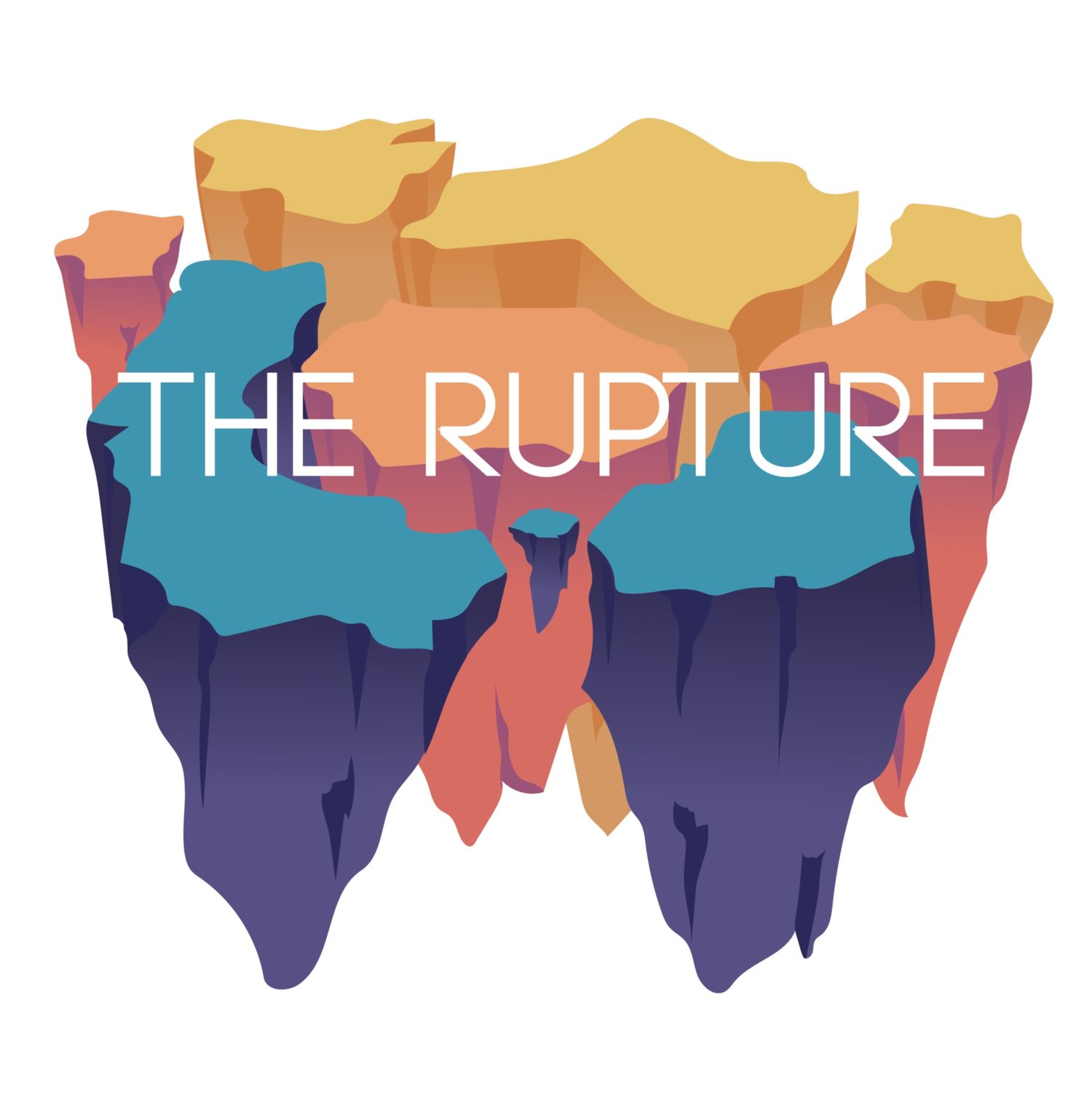 Corrina Carter is a graduate of the MFA Program in Creative Writing and Environment at Iowa State University. Her work has appeared or will appear in such journals as About Place, Alligator Juniper, The Fourth River, The Kenyon Review Online, and Redivider. In her free time, she runs, hikes, birds, and researches true crime.
Corrina Carter is a graduate of the MFA Program in Creative Writing and Environment at Iowa State University. Her work has appeared or will appear in such journals as About Place, Alligator Juniper, The Fourth River, The Kenyon Review Online, and Redivider. In her free time, she runs, hikes, birds, and researches true crime.
Her essay, "From the Trolley Car to the Field," appeared in Issue Eighty-Eight of The Collagist.
Here, Corrina Carter talks with interviewer William Hoffacker about "pet" murders, hypotheses, and writing from a nonhuman perspective.
I tried Googling the details in your essay (names, setting, etc.) and found only your essay and other unrelated listings, rather than the news reports I was seeking. So am I right to assume that this piece is based on a true story with the names changed? If so, how did you learn of the story? What are this essay’s real origins?
You’re correct. Bernadette, my father’s cousin, and her parents were very private, so I didn’t use their real names. I also didn’t identify or even directly reference the murderer, a serial killer who has inspired several books, because people tend to remember victimizers and forget victims. I want to change this, to prevent the slain from becoming footnotes to their own deaths. All their fears, needs, and aspirations vanished in a bloody instant. We should at least keep them at the forefront of our thoughts.
Your bio says that you enjoy researching true crime. How much time would you say you devote to this type of research? How often do you use this research in your own writing? How and when did this interest in true crime start for you?
I spend three to four hours a week gathering information on my “pet” murders. The information colors my worldview—and therefore my writing—but doesn’t always lead to an essay. Though I’m not sure exactly when my interest in true crime began, I attribute it to a lifelong compassion for the marginalized people most likely to fall victim to violence: women, children, minorities, runaways, sex workers, and substance abusers, to name a few.
How much of your own invention went into telling this story? How much invention do you think should be permitted while still labeling a piece “nonfiction”?
“Trolley Car” sticks to the facts yet leaves room for speculation. Like Lawrence and Evelyn, I can only guess Bernadette’s final thoughts. But if I had simply written, “Mr. and Mrs. Williams wondered what their daughter experienced before the end,” I wouldn’t have captured the intensity of their desire to get inside her head. (A subconscious attempt to reclaim her from the murderer, I suspect. They, not he, knew her well enough to deduce her state of mind at the instant of death.) I apply the same logic to nonfiction in general. When the truth is elusive, catch it with hypothesis.
You’re a recent graduate of Iowa State University’s MFA Program in Creative Writing and Environment. What drew you to this unconventional program? What can you tell us about the relationship between your writing life and your passion for wildlife?
I attended Iowa State because most of my work relates to the natural world, especially to animals as emotional, expressive beings. As Marc Bekoff says, “When animals express their feelings, they pour out like water from a spout, raw, unfiltered, and uncontrolled.” I envy this immediacy and strive to experience it by writing from a nonhuman point of view.
What writing project(s) are you working on now?
I’m revising my first novel, a critique of land management in the American West told from a mustang’s perspective. The project will require all my creative energy for the time being; it’s over 500 pages and a challenge to edit. I can’t seem to reconcile my formal prose style with the “horseness” of my protagonist.
What have you read recently that you’d like to recommend?
I just read The Blood of Emmett Till by Timothy Tyson. This book made headlines upon its release because it contains an interview in which Carolyn Bryant, the white woman who testified that Till molested her, admits to perjury. However, Tyson is more interested in contextualizing the murder than uncovering new evidence. He discusses Southern outrage at the Brown v. Board of Education ruling, the political shrewdness of Mamie Till’s decision to hold an open-casket funeral for her son, and the continued relevance of 20th century lynchings in the Black Lives Matter era.

